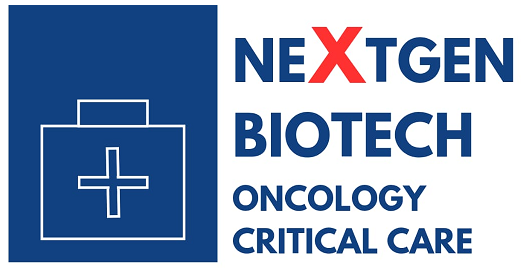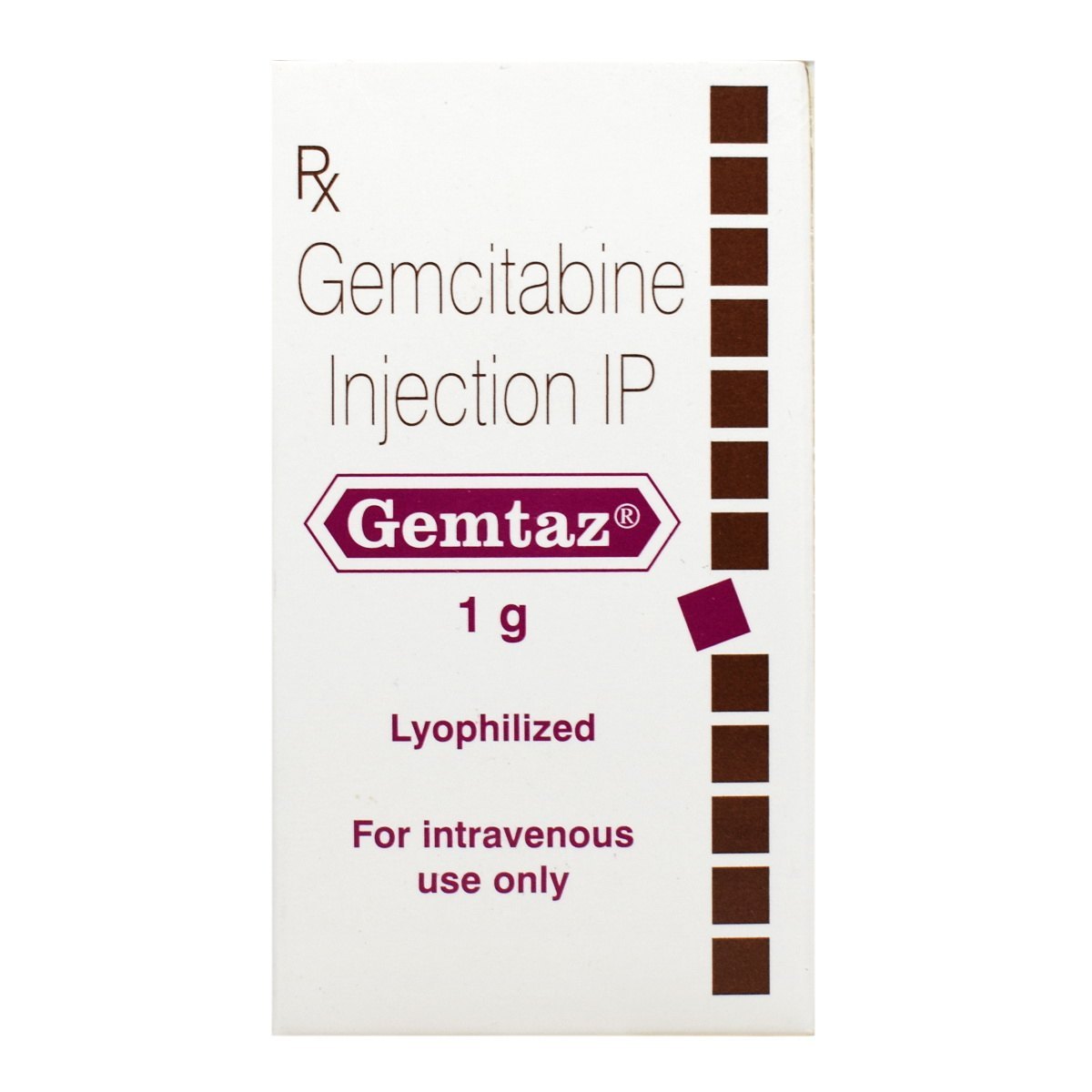Product Intro:
Gemtaz is an anticancer injectable drug formulated as a lyophilized powder, reconstituted for intravenous administration. It is widely used in combination or as monotherapy in cancers of the pancreas, lung, bladder, breast, and ovaries. It belongs to the antimetabolite class of chemotherapy agents.
Uses (Indications):
Gemtaz is used in the treatment of several types of malignancies:
-
Pancreatic Cancer – First-line treatment in locally advanced or metastatic cases
-
Non-Small Cell Lung Cancer (NSCLC) – Alone or with platinum agents like cisplatin
-
Breast Cancer – With paclitaxel in metastatic disease after anthracycline therapy
-
Ovarian Cancer – In relapsed epithelial ovarian cancer, combined with carboplatin
-
Bladder Cancer – Used with cisplatin for advanced transitional cell carcinoma
-
Other Cancers (Off-label) – Biliary tract, cervical, and esophageal cancers based on oncologist discretion
Storage Instructions:
-
Store the unopened vials at controlled room temperature (20–25°C).
-
Keep away from light and moisture.
-
After reconstitution, use within 24 hours if refrigerated (2–8°C).
-
Do not freeze the reconstituted solution.
-
Dispose of unused medication per cytotoxic drug handling protocols.
How It Works (Mechanism of Action):
Gemcitabine is a cytidine analog that incorporates into DNA during the S-phase of cell replication. It is metabolized intracellularly into:
-
Gemcitabine diphosphate (dFdCDP): Inhibits ribonucleotide reductase, depleting deoxynucleotide pools.
-
Gemcitabine triphosphate (dFdCTP): Competes with dCTP for DNA incorporation, causing chain termination.
This dual action impairs DNA synthesis, promotes apoptosis, and selectively targets rapidly dividing cancer cells.
Side Effects:
Common Side Effects:
-
Myelosuppression (neutropenia, anemia, thrombocytopenia)
-
Flu-like symptoms (fever, chills, malaise)
-
Fatigue and weakness
-
Mild nausea, vomiting, or diarrhea
-
Elevated liver enzymes
-
Mild alopecia
-
Rash or skin irritation
Serious Side Effects:
-
Severe neutropenia leading to infections
-
Interstitial pneumonitis or pulmonary toxicity
-
Hemolytic uremic syndrome (HUS) or TTP
-
Renal and hepatic impairment
-
Capillary leak syndrome
-
Hypersensitivity or anaphylactic reactions
Dosage (Typical Recommended Dose):
Dosage varies based on body surface area (BSA) and cancer type:
-
Pancreatic Cancer: 1000 mg/m² once weekly for 7 weeks, followed by 1 week rest, then 3 weeks on / 1 week off
-
NSCLC: 1000–1250 mg/m² on Days 1, 8, and 15 of each 28-day cycle
-
Breast Cancer: 1250 mg/m² on Days 1 and 8 with paclitaxel
-
Ovarian Cancer: 1000 mg/m² on Days 1 and 8 of a 21-day cycle with carboplatin
-
Bladder Cancer: 1000 mg/m² on Days 1, 8, and 15 in a 28-day cycle with cisplatin
Note: Dosage adjustments are often required based on blood count, liver/kidney function, and individual tolerability.
Method of Administration:
-
Administered via slow IV infusion (typically over 30 minutes)
-
Reconstitute with sterile 0.9% sodium chloride without preservatives
-
Must be prepared by trained personnel in accordance with cytotoxic handling protocols
-
Do not give as IV bolus or intramuscularly
-
Hydration before and after treatment may help reduce kidney strain
Precautions:
-
Monitor complete blood counts (CBC) before each dose
-
Check hepatic and renal function regularly
-
Avoid use during pregnancy and breastfeeding – teratogenic risk
-
Use effective contraception during and 6 months after therapy
-
Avoid live vaccines due to immunosuppression
-
Discontinue if severe organ toxicity or pulmonary symptoms develop
-
Inform healthcare providers of all prior treatments, including radiation
Drug Interactions:
-
Cisplatin or Carboplatin: May increase toxicity (especially hematologic)
-
Paclitaxel: Enhanced effect, but monitor for cumulative side effects
-
Live vaccines (e.g., MMR, yellow fever): Avoid due to immunosuppression
-
Nephrotoxic drugs: Risk of renal damage may increase (e.g., aminoglycosides)
-
Antivirals like acyclovir: Increased risk of toxicity in renally impaired patients
Allergies (Warnings for Allergic Reactions):
-
Contraindicated in patients with known hypersensitivity to gemcitabine
-
Monitor for signs of anaphylaxis: hives, difficulty breathing, swelling, hypotension
-
If reaction occurs, discontinue immediately and provide emergency treatment (e.g., epinephrine, corticosteroids)
Overdose Information:
-
Symptoms: Severe suppression of bone marrow, mucositis, liver/kidney toxicity
-
No specific antidote; provide supportive care (e.g., transfusions, hydration)
-
Hospitalization and continuous monitoring are required
-
Early recognition and aggressive supportive treatment are critical
Missed Dose Instructions:
-
Do not self-administer or adjust doses
-
Inform your oncologist if you miss an appointment
-
Dosing may be rescheduled or skipped based on lab values and treatment plan
-
Follow the revised schedule provided by your oncology team
Additional Notes:
-
Gemtaz is a cytotoxic agent and must be handled with gloves, masks, and care
-
Patients should report any unusual bleeding, bruising, respiratory issues, or persistent fever
-
May affect fertility in both men and women – fertility preservation counseling advised
-
Psychological support, nutritional counseling, and hydration are recommended during treatment
-
Regular follow-up is essential for evaluating treatment response and managing side effects



